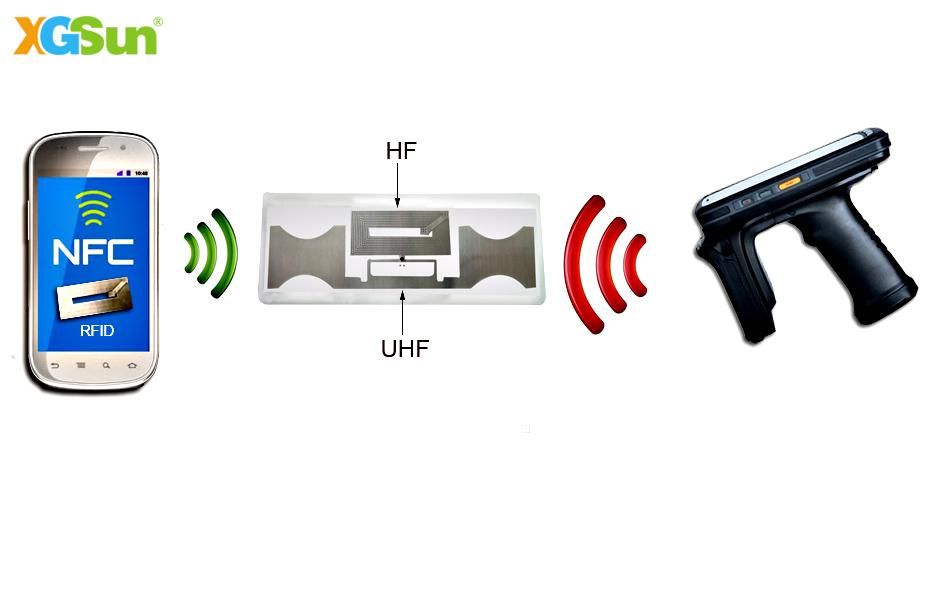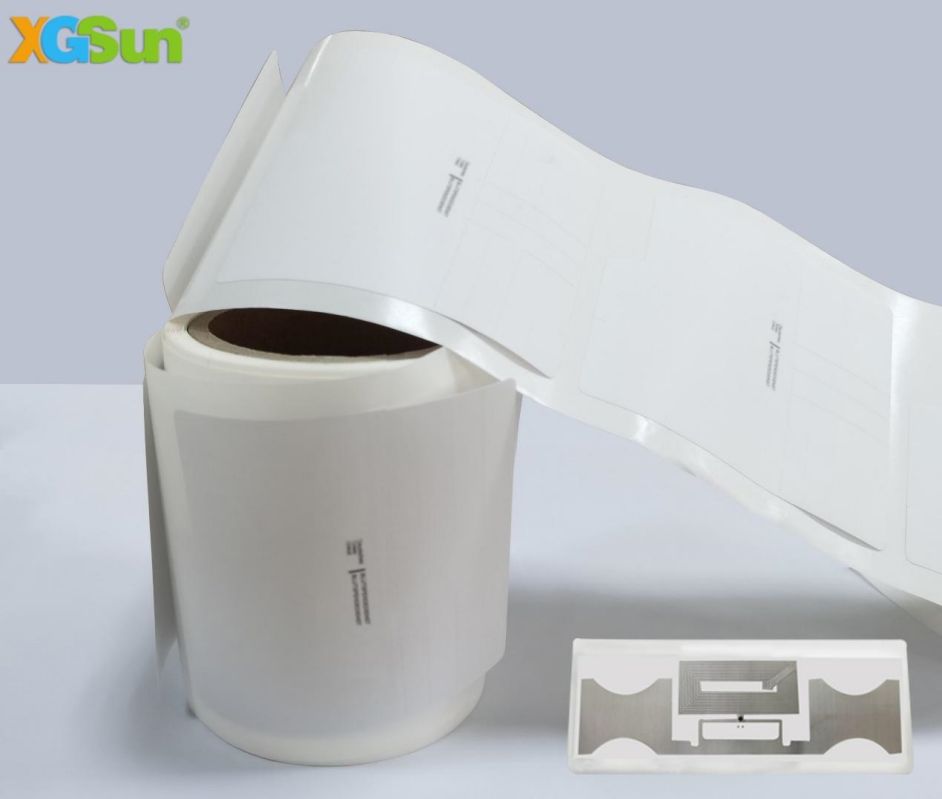In order to meet customer’s needs, our company recently provided a single-chip dual-frequency tag to our US customer, which is applied to blood bags in medical industry. This dual-frequency tag inherits all the advantages of RFID UHF and HF tags, and makes up for their respective shortcomings. It can be used for short-range identification and long-distance identification. It can be used for single-target identification (read without confusion), and also be applied to multiple targets fast reading. Whether it is the chip sensitivity of a single frequency band or the range of the shared memory area, is fully compatible with the application requirements of single frequency band tags.
This tag only needs to be bound to one chip. This chip has a 2Kbits shared storage area and integrates the different characteristics of UHF and HF, which greatly expands the application of RFID technology and improves the added value of RFID technology.
In terms of RFID technology, UHF RFID has a long recognition distance, up to 10m or more, and has a fast recognition rate. It can automatically collect characteristic data such as object numbers, attributes and states. And it has strong applicability in the digital management of personnel, assets and items. NFC can identify and transmit data at close range, with an effective identification distance of about 10 cm, and supports two-way connection, which can create a high-encryption and high-security environment for data interaction between devices. It has unlimited potential in anti-counterfeiting.
Dual-frequency RFID is a major direction for future RFID industry applications
At present, the most successful application of dual-frequency RFID technology is alcohol anti-counterfeiting, such as Wuliangye, Moutai, and the French brand of brandy Remy Martin. It is understood that Wuliangye has previously used UHF RFID technology to prevent counterfeiting and anti-smuggling. UHF technology can facilitate the intelligent management of dealers in logistics and warehousing, but it is not conducive to end consumers to do anti-counterfeiting identification. Because consumers do not have the corresponding query devices, it is difficult for end consumers to check the authenticity of goods through UHF. After the introduction of high frequency, consumers can check the authenticity of products by simply using an NFC-enabled smartphone. One-chip and dual- frequency is convenient for both consumers and dealers.
In 2015, Remy Martin began to apply RFID technology on wine bottles. Consumers can get information such as Remy Martin’s reward points, preferential activities and other information, as well as the origin certification information of the wine, by approaching the wine bottle with an NFC-enabled smartphone. And once the consumer opens the package of the bottle, the tag antenna breaks and sends a signal, indicating that the bottle has transformed from a closed state to an open state.
In the upstream tag design and packaging process, dual-frequency labels can be applied to identify various materials in extreme environments, such as metal materials, high temperature and high humidity, etc., compatible with existing HF or UHF systems without replacing existing reader equipment. This avoids repetitive investment in the application system and optimizes system resource allocation even more.
XGSun developed and produced this dual frequency RFID electronic tag according to customers’ need, which has won high praise from customers. If you have any needs in this area, please contact us!
Frequency: 13.56MHz & 860-960MHz
Communication protocol: HF: ISO14443A/ISO15693 UHF: ISO18000-6C (EPC C1G2)
Production process: Flip bonding,Converting
Surface material: Art paper/ PET/ PP synthetic paper/ Thermal paper/ PVC
Post time: Oct-14-2022


